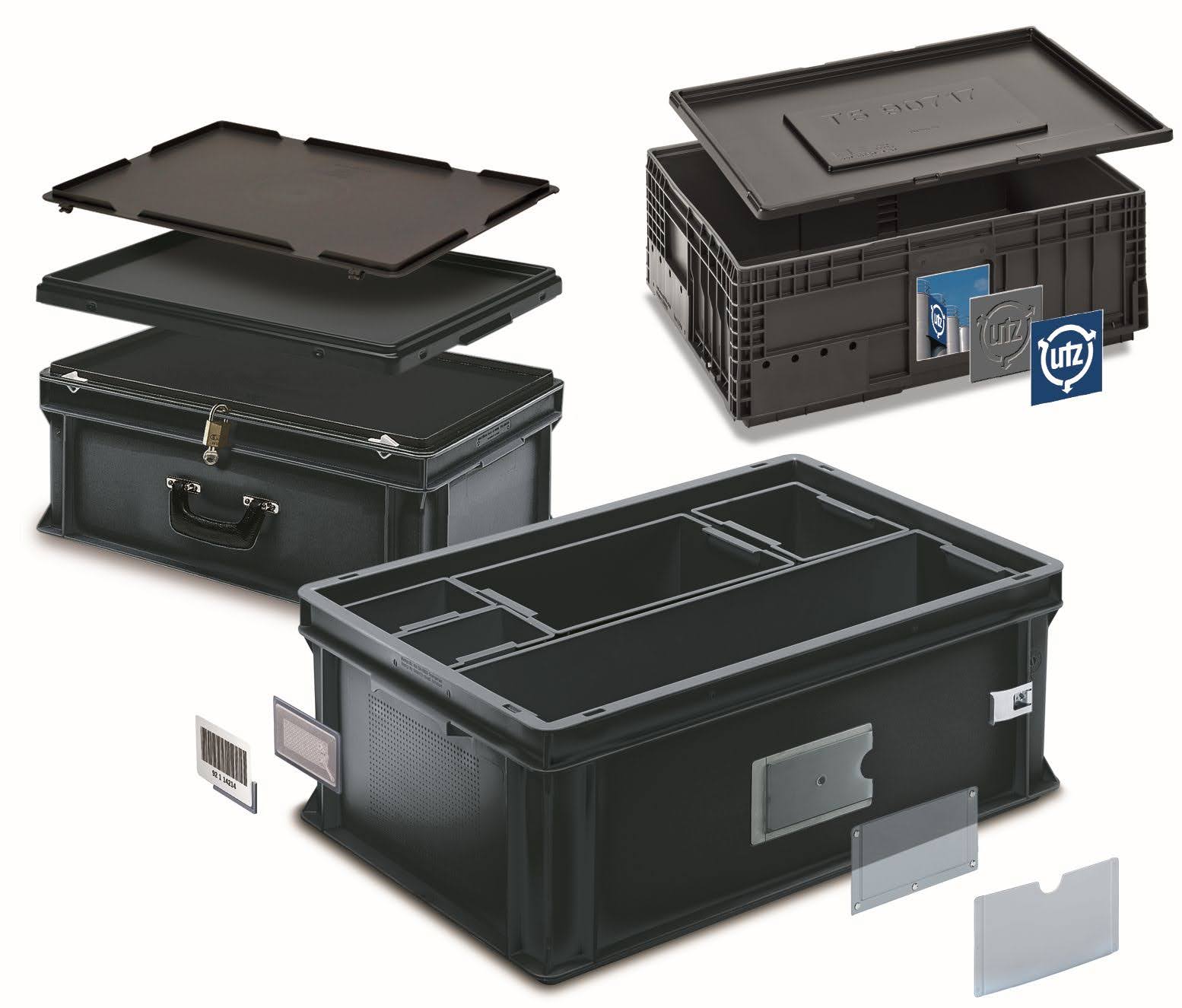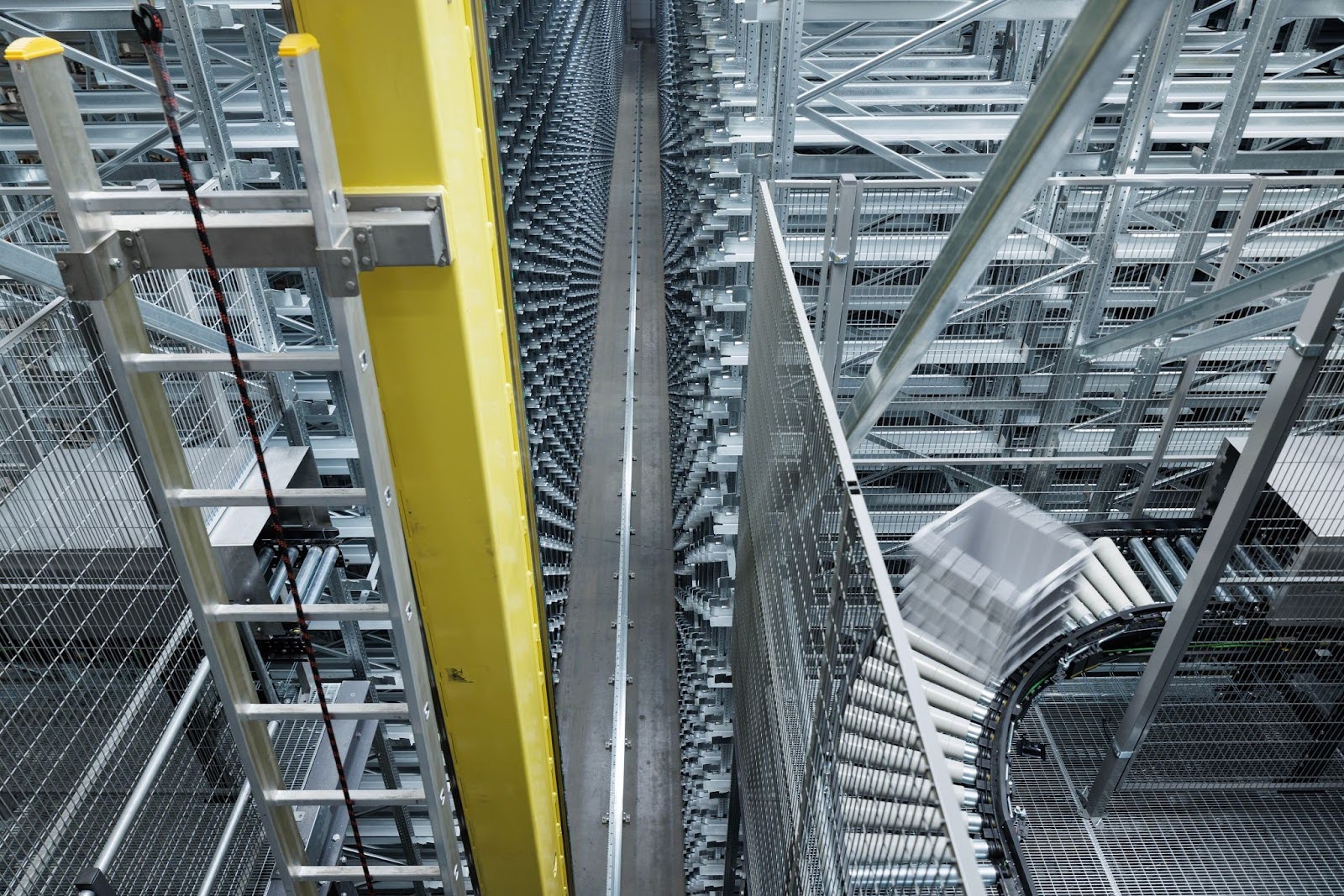The issue of sustainable business is becoming a requirement in the majority of industries, and to this end, packaging has become a big area where companies can reduce their footprint. Reusable plastic bins, totes, pallets, crates, and containers can be washed, redistributed, and reused as many times as needed, resulting in sustainability and operational advantages.
It is a procedural advice on how organizations can switch to the use of reusable plastic packaging, which can be in the form of thermoformed plastic containers, and whether the organizations are in a position to take the process on.

Utz Group
Assess Your Current Packaging Needs
Before moving to another packaging system, such as thermoformed plastic trays, you must know what you have been using.
Key steps:
- Current Packaging: Record the size, quantity, and type of plastic packaging being used at present.
- Packaging Use Cases Identification: One might examine how you apply packaging within your operation, e.g., on inbound shipping, within the company, or on outbound loads.
- Packaging Lifespan: Find out the process of your current plastic packaging before its final disposal, and identify the areas of inefficiency.
- Get to Know Packaging Waste: Monitor the amount of single-use plastic that is being thrown away or being recycled, and evaluate the price of disposal of these wastes.
The analysis forms the basis for determining the type of packaging least suitable to replace with the reusable type.
Research Reusable Packaging Options
In case you are already aware of the type of packaging that you require, then examine the reusable plastic solutions that already exist in the market, such as thermoformed plastic containers.
The most popular ones are:
- Bins and plastic crates.
- Pallets are made of plastic.
- Foldable plastic containers.
What to consider:
- Resistance and imperviousness.
- Facility in cleaning and sanitizing.
- Ability to be automated and handling friendly.
- Stability and economy of space.
- Load carrying and weight.
Select designs that apply to your workflows, such as those from Utz, as well as replacing existing systems.
Conduct a Cost-Benefit Analysis
The conversion or transition to reusable packaging systems is an initial cash outlay, which can, however, have tremendous benefits in the long run.
Some costs to consider:
Upfront costs:
- Purchasing reusable pallets or reusable plastic articles
- Purchasing cleaning machines or cleaning services
Ongoing costs:
- Maintenance or repair of broken containers or replacements of damaged containers
- Logistics and tracking Return systems
Long-term savings:
- There is a reduced necessity to purchase disposable plastic packaging
- Reduction of waste disposal costs and recycling costs
- Potential savings in labor since containers are more convenient to handle and pile up
- Improved protection of the products, i.e., fewer damaged products
Develop financial calculations, including estimates of the time it takes to retrieve your money (payback period) and to find out what you will make as the years roll on (return on investment).
Engage Stakeholders and Train Teams
Teamwork and the exchange of information are the guarantee of the success of any packaging change.
Other individuals that you must engage:
- Operations and warehouse staff
- The managers in procurement and supply chain
- Sustainability and compliance officers
- Computer-related IT and tracking specialists
Training topics:
- Cleaning and washing of reusable plastics
- Knowledge of environmental and cost considerations
- Cleaning procedures, return, and reuse procedures
- Damage diagnosis and reporting the same
The initial buy-in will increase the rates of adoption and make the transition less bumpy.

Utz Group
Pilot a Reusable Packaging Program
Begin a small-scale pilot testing to utilize custom industrial thermoforming in a test environment.
- Choose a piece of the action you can handle - perhaps only one product line or one area warehouse.
- Establish specific objectives (e.g., attempt to cut down the waste of single-use plastic by 50% within three months).
- Observe the supply chain, lifespan, and staff reviews.
Monitor the important indicators:
- Rate of loss/return in packaging
- The effectiveness of cleaning and the frequency of cleaning
- Cost of time and labor on managing reusable things.
It is always a good idea to use pilot knowledge to fix processes, change the type of containers, and address logistical issues before scaling up.
Partner with Suppliers and Logistics Providers
91% of business leaders identified sustainability as a top priority in their future plans. Collection, cleaning, and redistribution teams of partners are being used by many reusable plastic packaging systems.
These are four ideas on how to create successful partnerships:
- Cooperate with suppliers of packaging that provide take-back or leasing schemes.
- Cooperate with logistics operators to use reverse logistics on empty containers.
- Apply nationalized containers that could be reused among various suppliers or consumers.
- Monitor the progress of the packaging (through a technology solution, e.g., RFID tags, QR codes).
Good relationships facilitate the movements of packaging in the supply chain, re-entered into the supply chain without spoilage or wastage.
Scale and Optimize the Program
With the pilot program in action and systems prepared, deployment of the program to the full business must follow.
Best practice scaling:
- Phase in the reusable plastic packaging in a number of business units.
- All this should be made easier by standardizing container sizes and rules governing their use.
- Keep track of key performance indicators (KPIs):
In Conclusion
Switching to reusable plastic packaging and using custom industrial thermoforming services is not only a sustainable objective but also an economical move that would be efficient in the long run. The first thing is examining what you already use in your packaging, studying what the reusable plastic is like, and drawing a comprehensive cost-benefit table.
As you scale up your plan, continue to monitor its effectiveness, make adjustments to the specifics of it, and seek to create less waste and a more robust circular economy.







